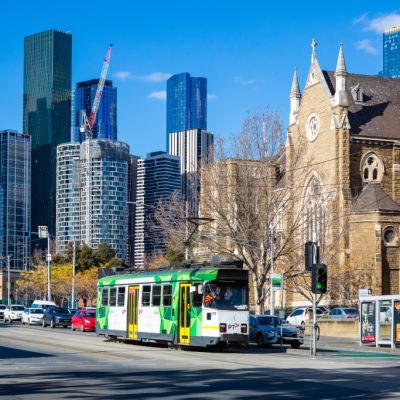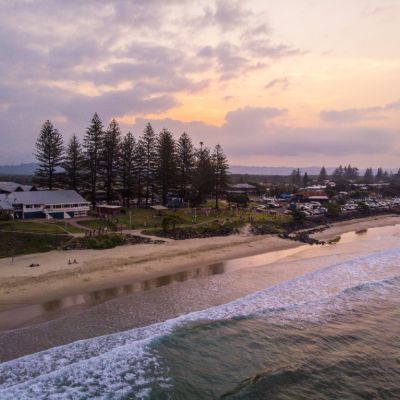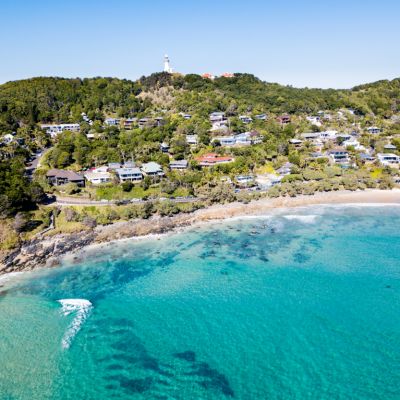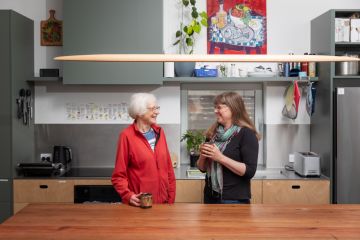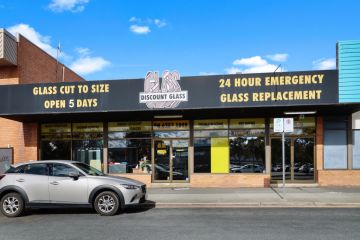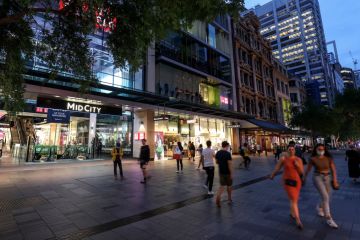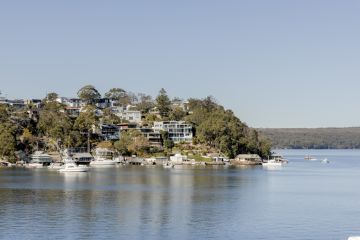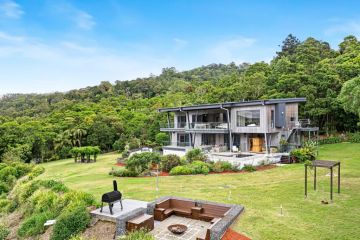Regions versus cities: What’s the outlook for investors?
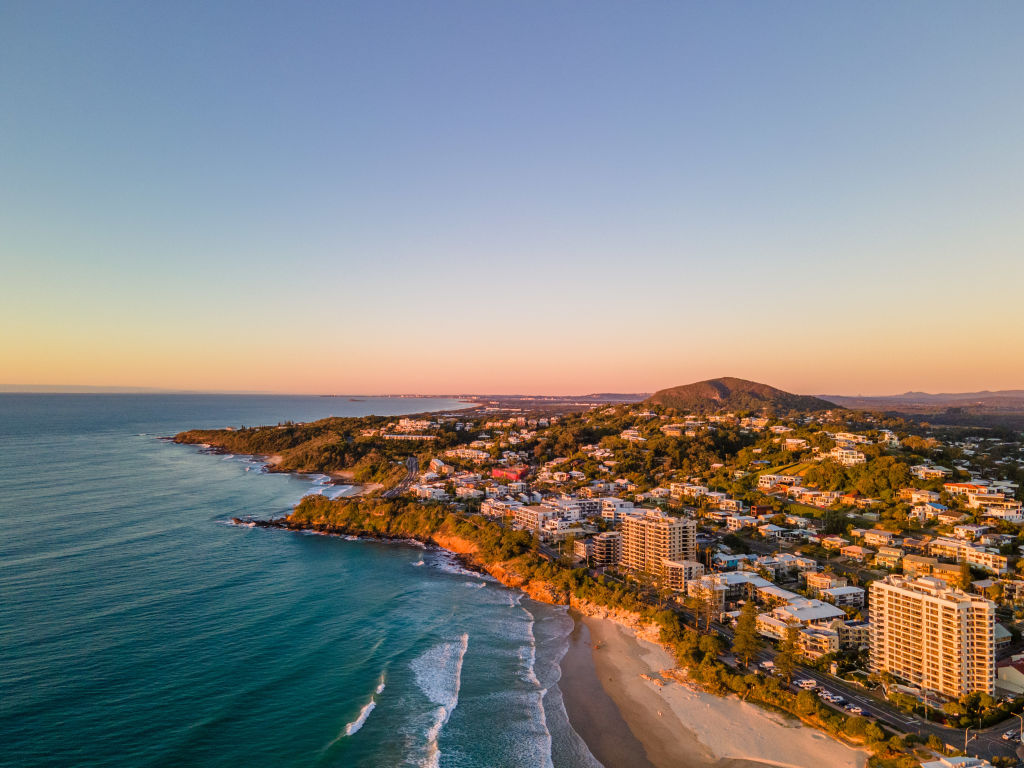
City or country? Coast or inland? Sea change, tree change, hill change or no change?
With so many city slickers moving to the regions, the enduring popularity of a lifestyle change and the massive investment in infrastructure in our capitals, it’s never been trickier to work out where best to invest next, and for how long.
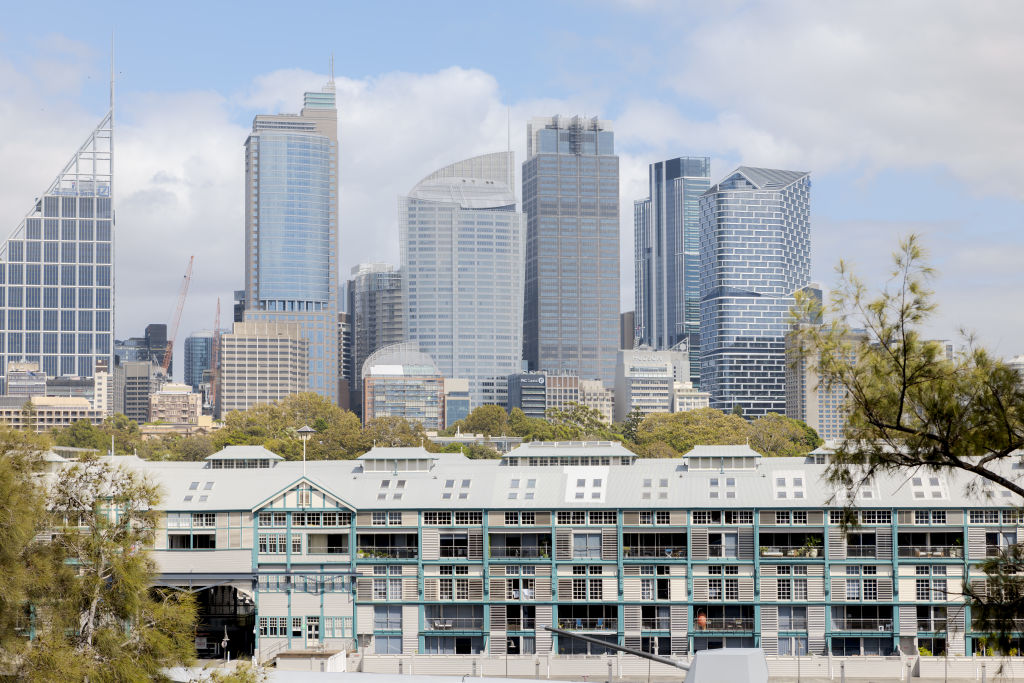
In the truly long term, for instance, with an investment of 20 years, city investments have been the most profitable, according to new research from the Property Investment Professionals of Australia (PIPA).
“We found that from June 2004 to June 2024, cities beat country – and when it comes to country, it’s coastal areas that fare best,” says PIPA board director Peter Koulizos, who undertook the study.
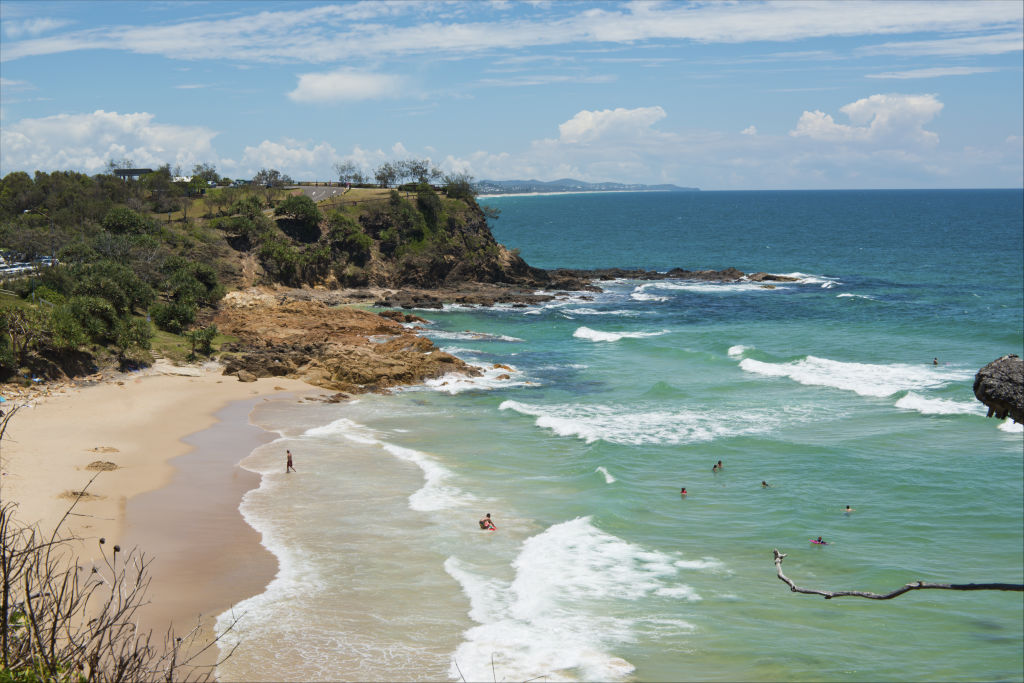
“Our top cities were Adelaide, where the median house price went up by 209 per cent, Hobart at 193 per cent, Brisbane at 190 per cent, Perth at 186 per cent, Sydney at 181 per cent, Melbourne at 164.7 per cent and Canberra at 160 per cent.
“Then the coastal areas that did best were the Sunshine Coast in Queensland, NSW’s Central Coast, Byron Bay and South Coast, Victoria’s Mornington Peninsula and the Surf Coast, and the Fleurieu Peninsula in South Australia.
“People go there for lifestyle, and they have the money to pick and choose property and push prices up.”
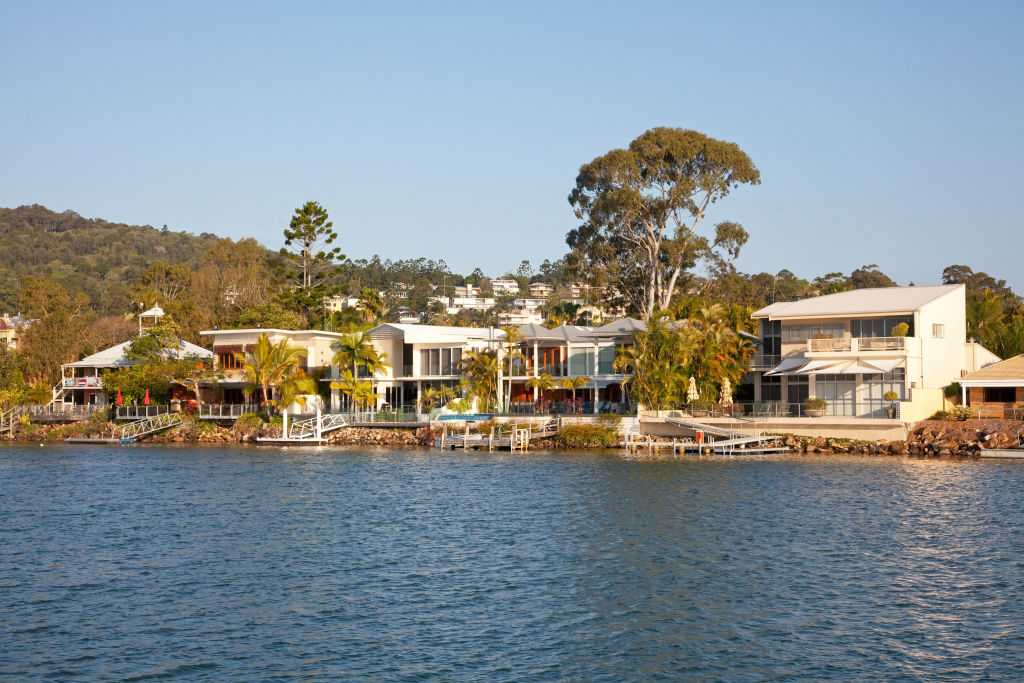
For the shorter term, however, regional areas have seen the most price growth over the five years since the pandemic, says hotspotting.com.au founder Terry Ryder, who has also written books on residential real estate.
Many inland areas have shown strong price growth, like Murray Bridge in South Australia and Kingaroy in Queensland.
“A lot of people would be surprised by that,” Ryder says. “But it doesn’t surprise us. Regional areas have been very much outperforming the cities.
“For instance, the Sunshine Coast had great growth for the first half of the five-year period and then it tapered off for the last two years, but we think it’s ready to surge again.
“There’s been a massive trend of people moving out of the cities to the regional areas, and that movement was underway before COVID.
“Sydney has been losing people for well over 10 years, and Melbourne is similar. People are chasing affordability and lifestyle, and technology now enables them to live anywhere.”
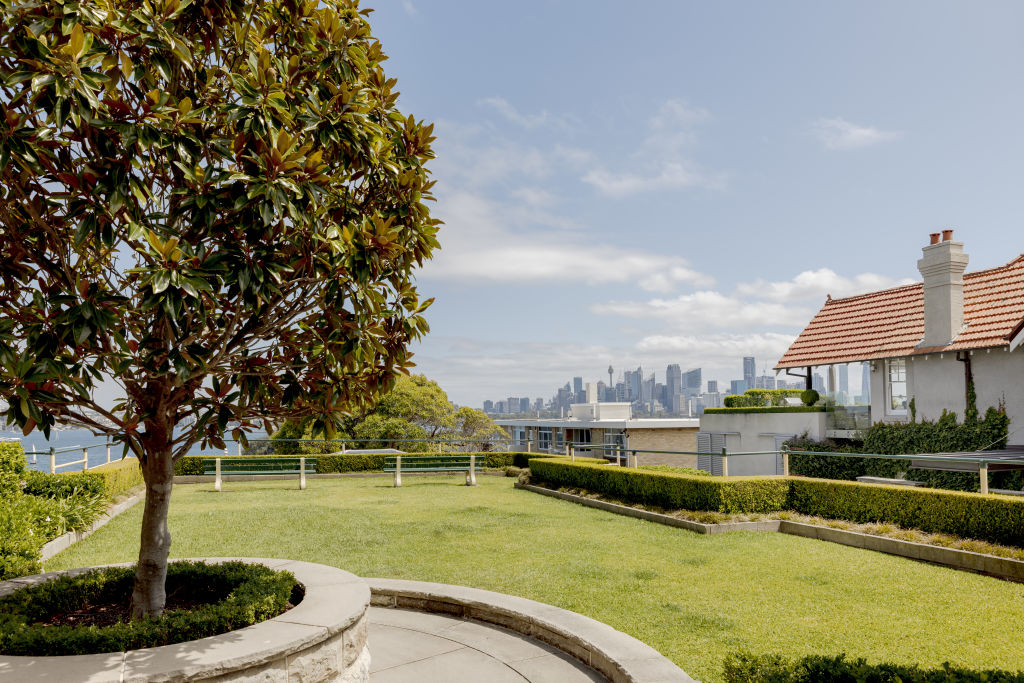
Migration patterns are still changing, however, says Josh Foster, the Commonwealth Bank (CBA) acting executive manager of regional and agribusiness banking.
In March, CBA and the Regional Australia Institute brought out their latest report on population flows, which found that people are edging further away from the cities and their commuter belts, offering new promising investment possibilities.
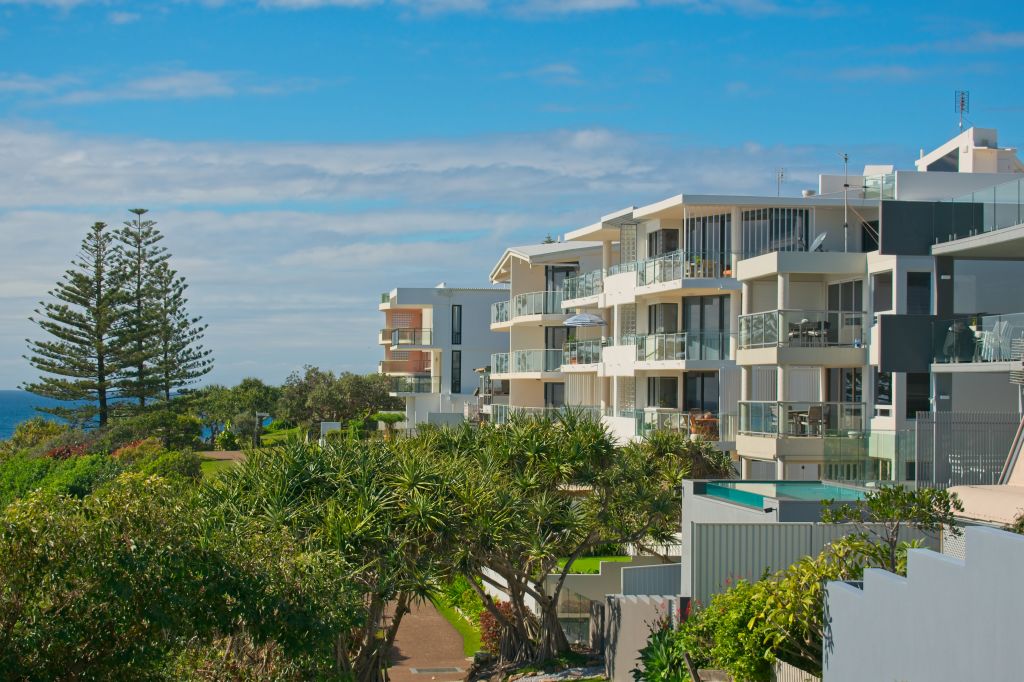
While, for instance, the Sunshine Coast is still proving to be a firm favourite, other smaller cities and towns, like Gladstone, Toowoomba, Fraser Coast, Mackay and Gympie are also attracting newcomers.
“The lure of the Sunshine Coast has long attracted both city and regional movers,” Foster says. “[But] this quarter saw the rise in popularity of several new growth hotspots within regional Queensland, demonstrating the diversification of the state’s economy.”
States
Capital Cities
Capital Cities - Rentals
Popular Areas
Allhomes
More
- © 2025, CoStar Group Inc.
